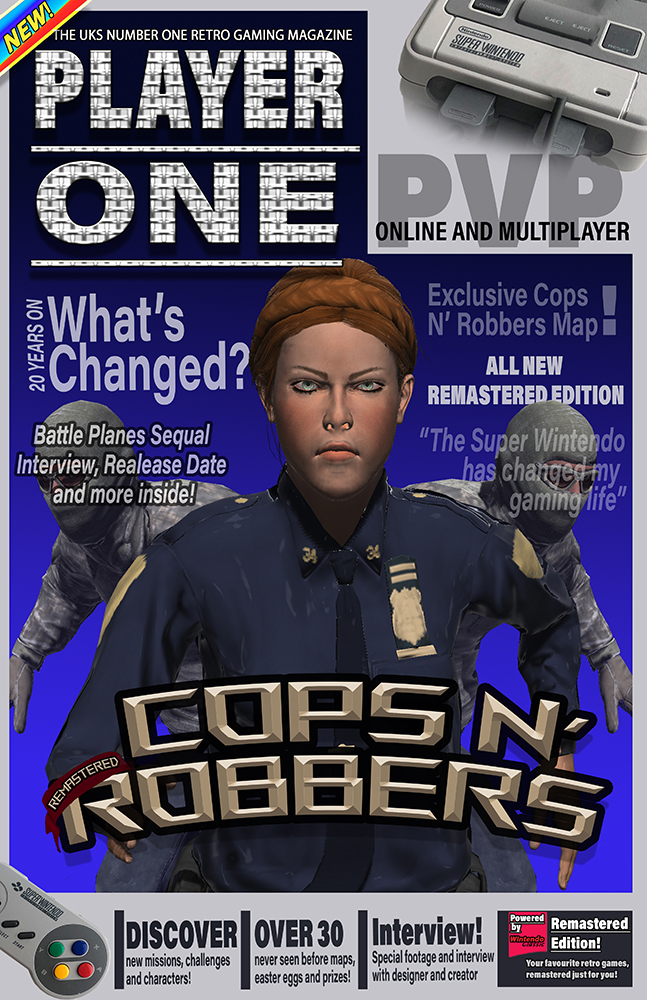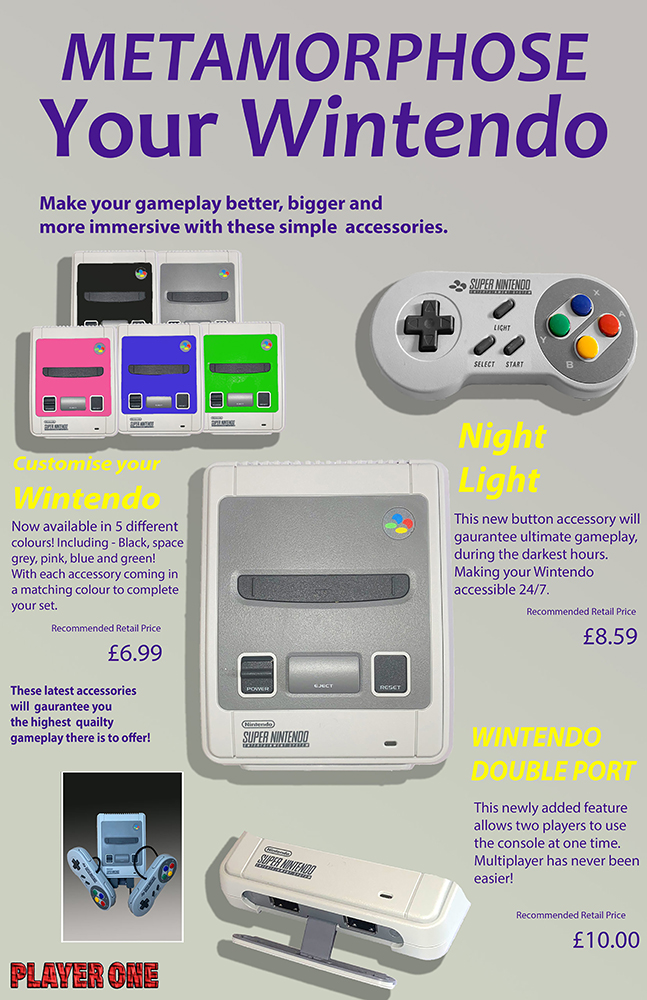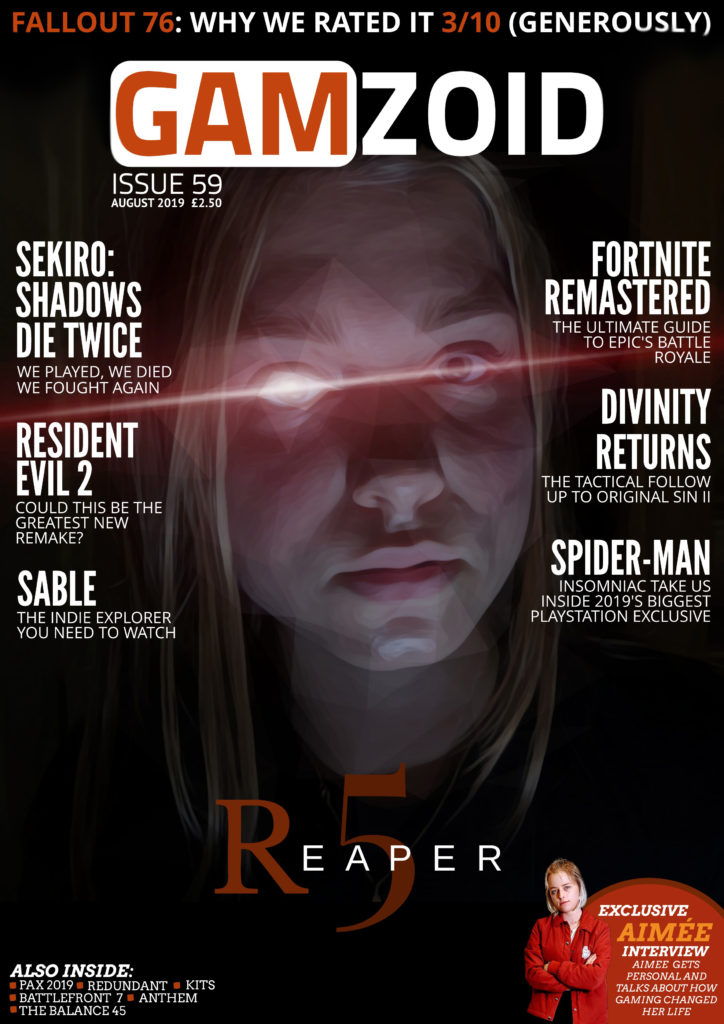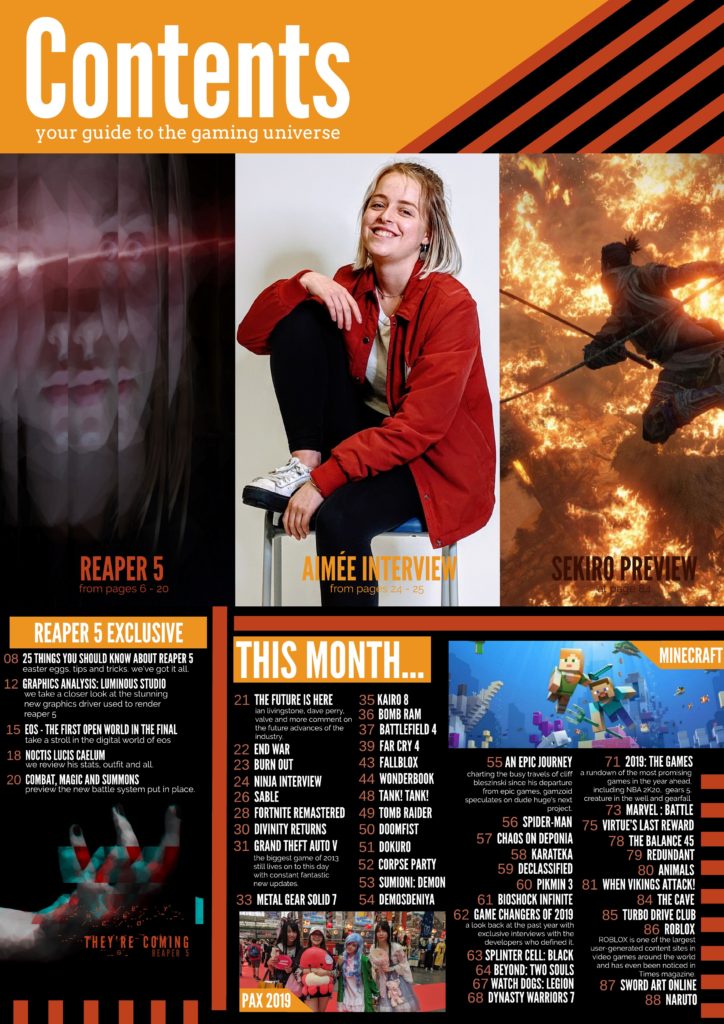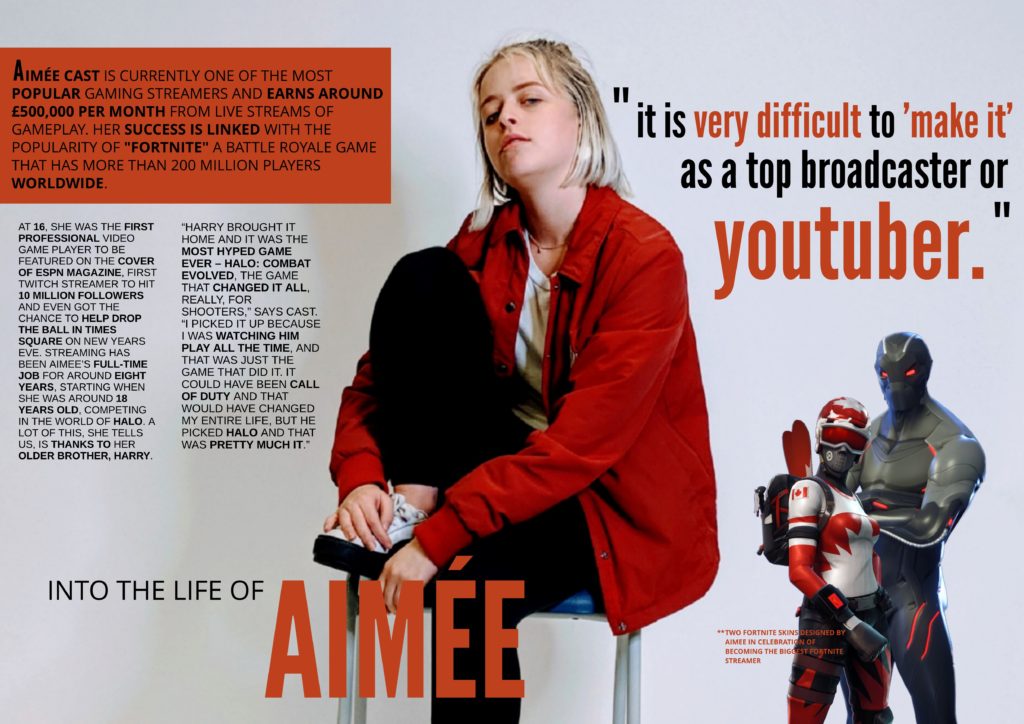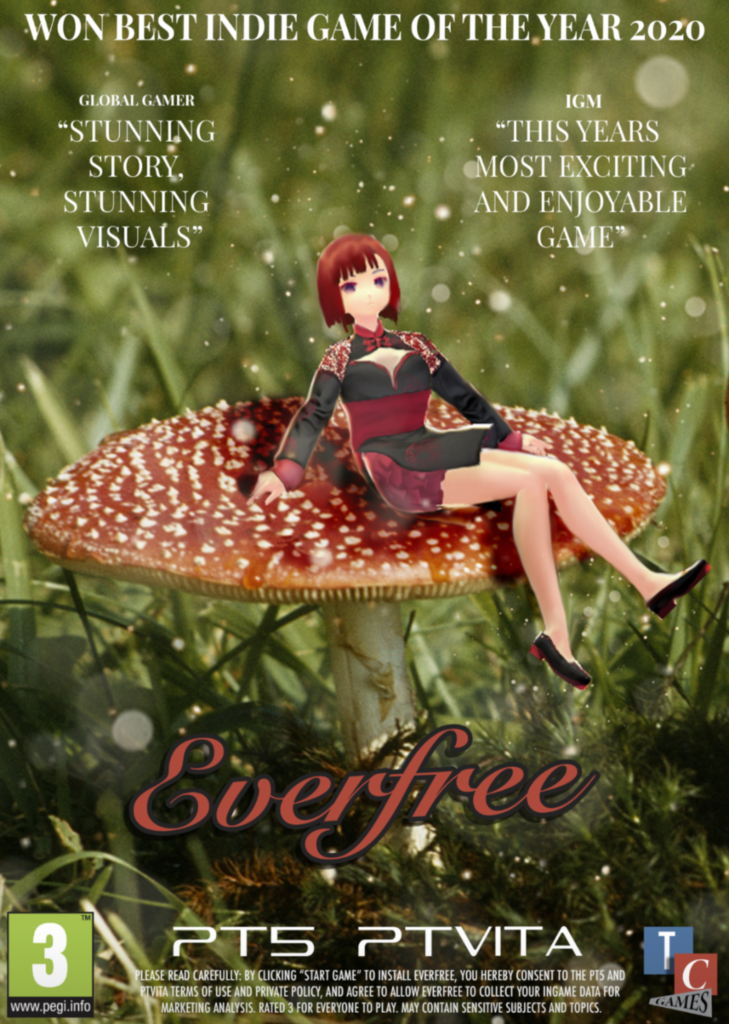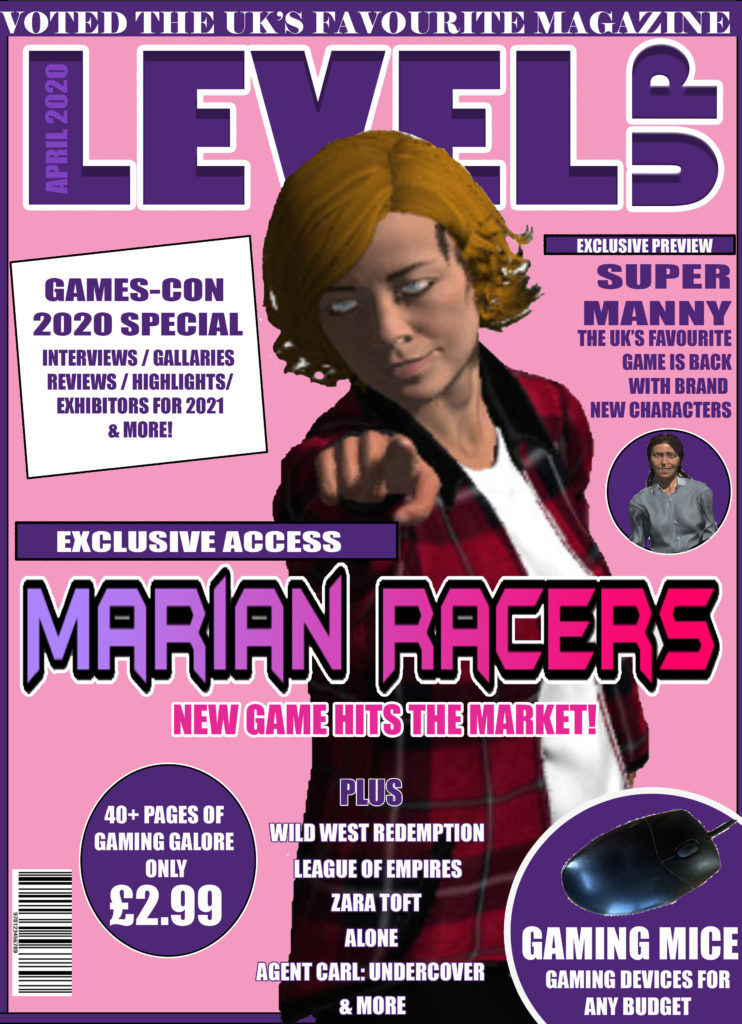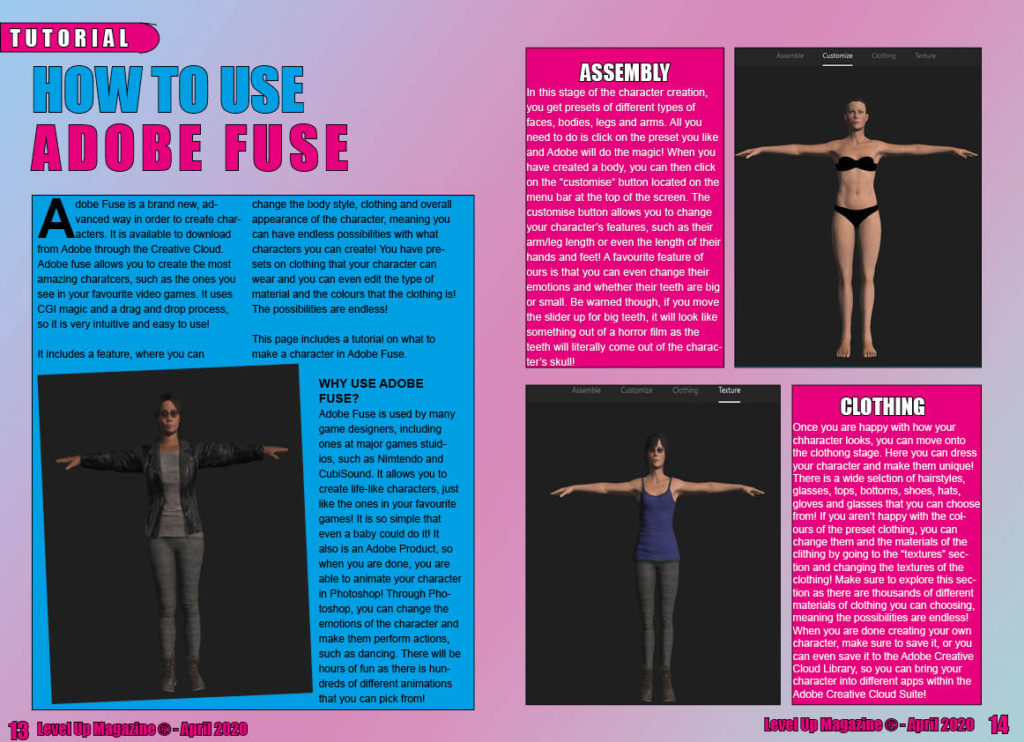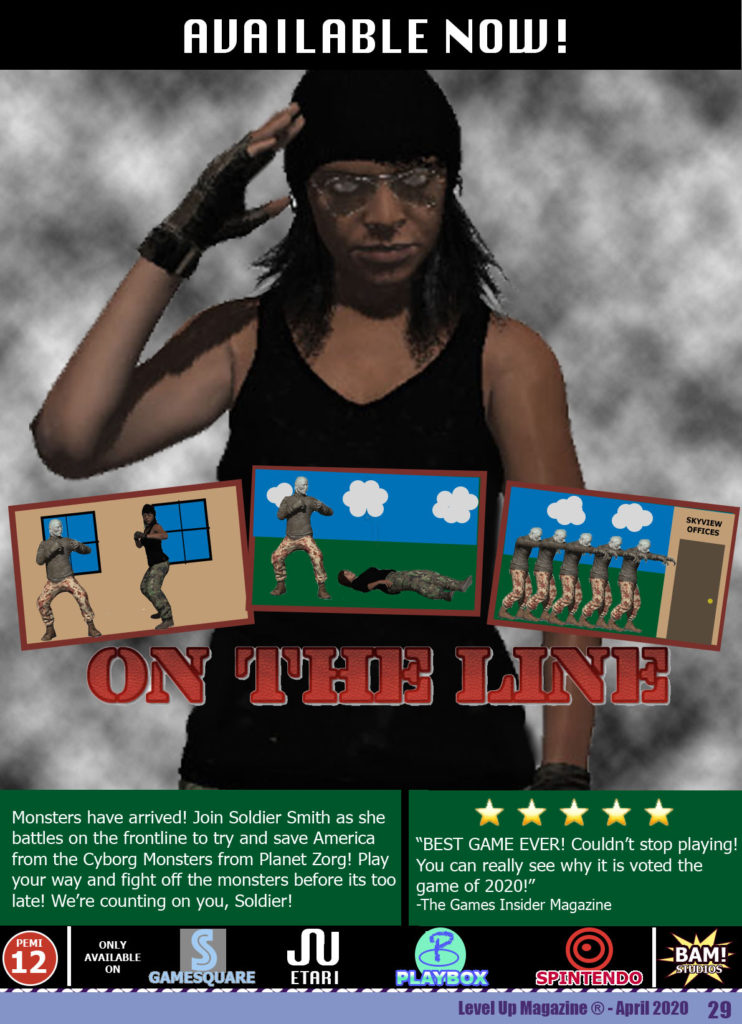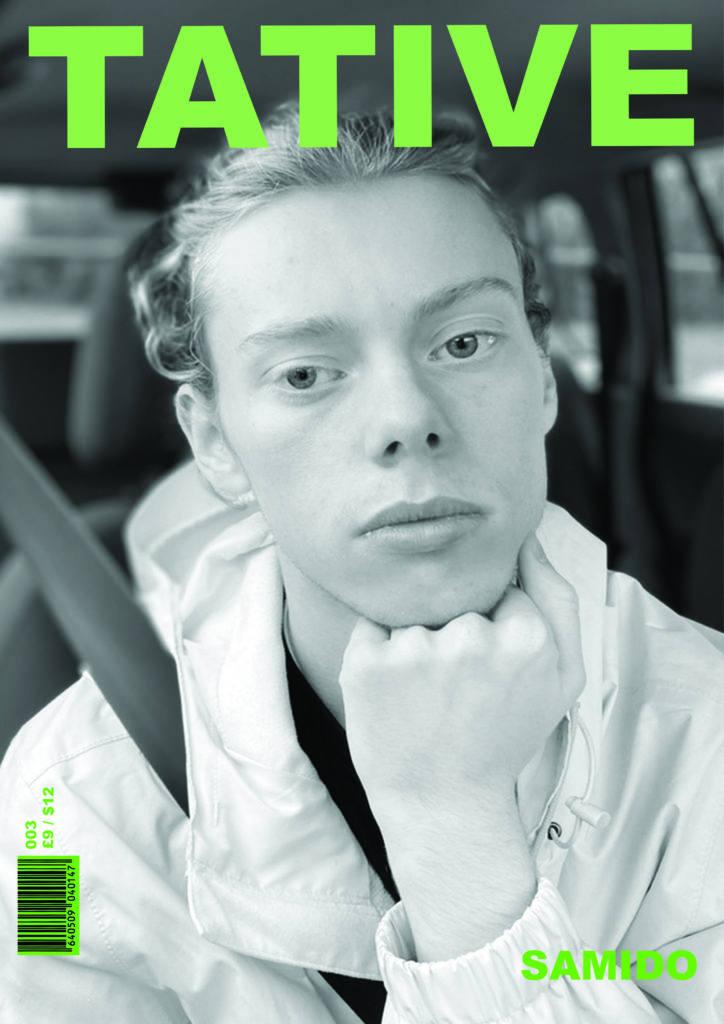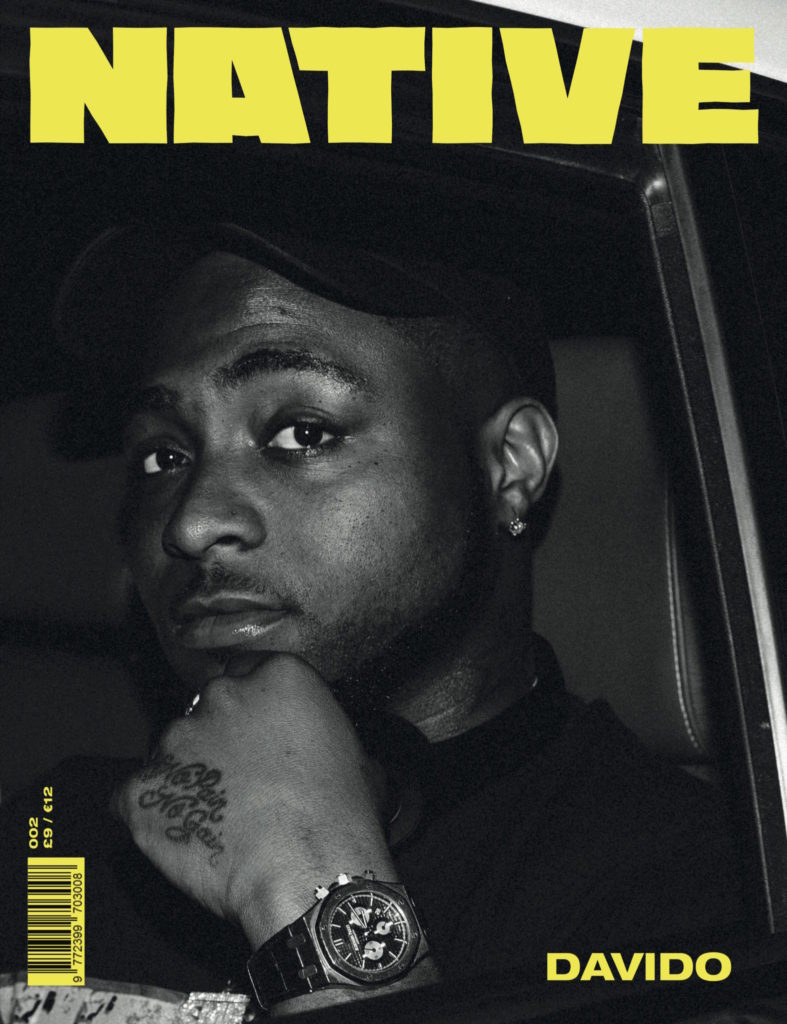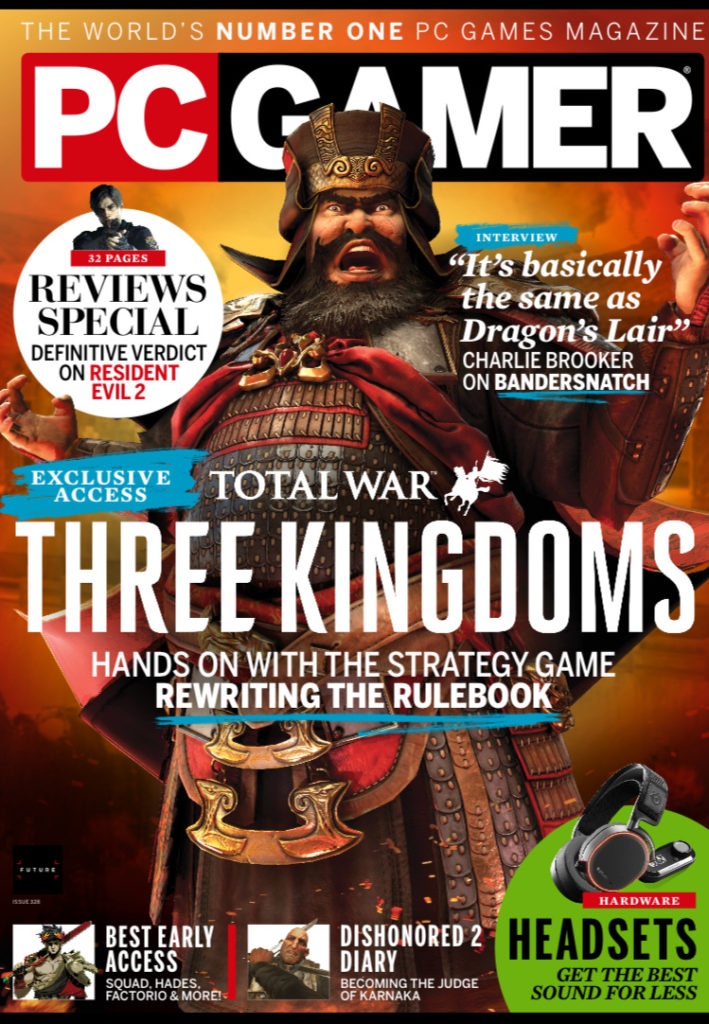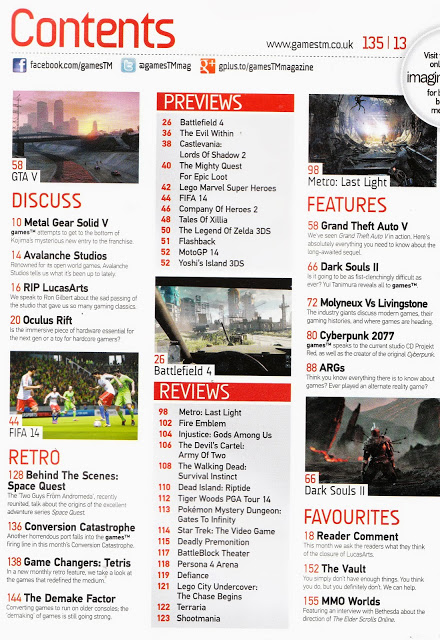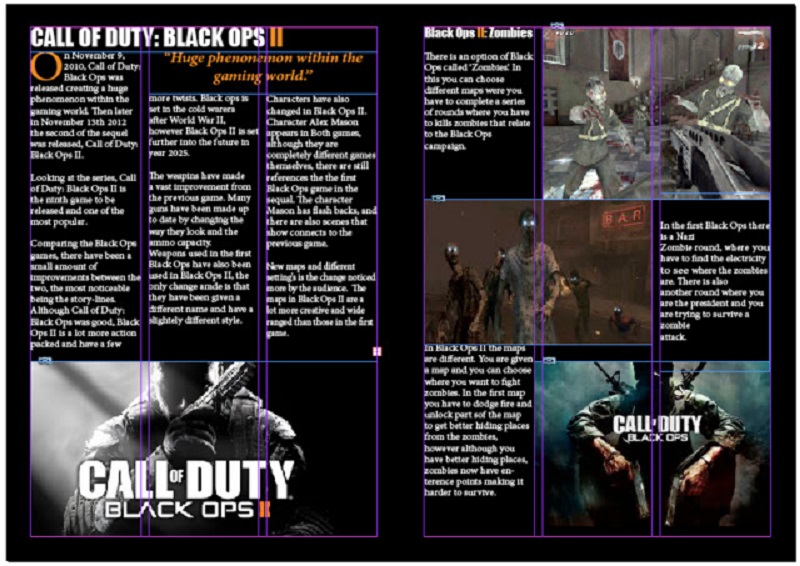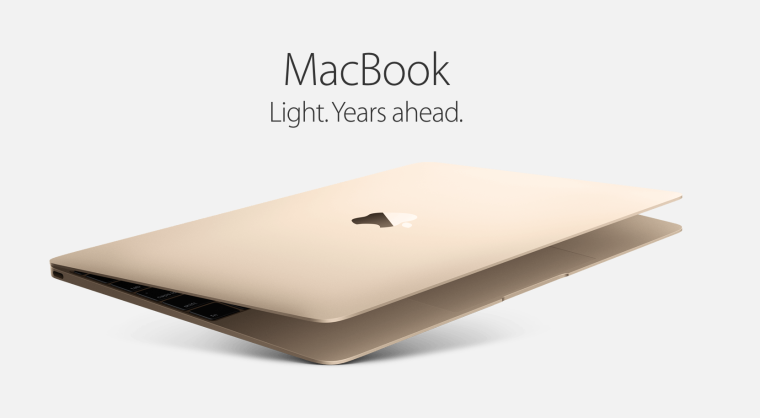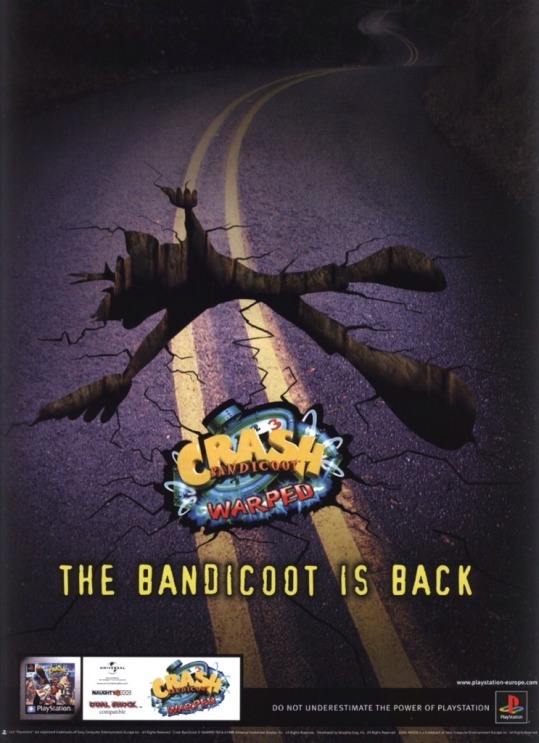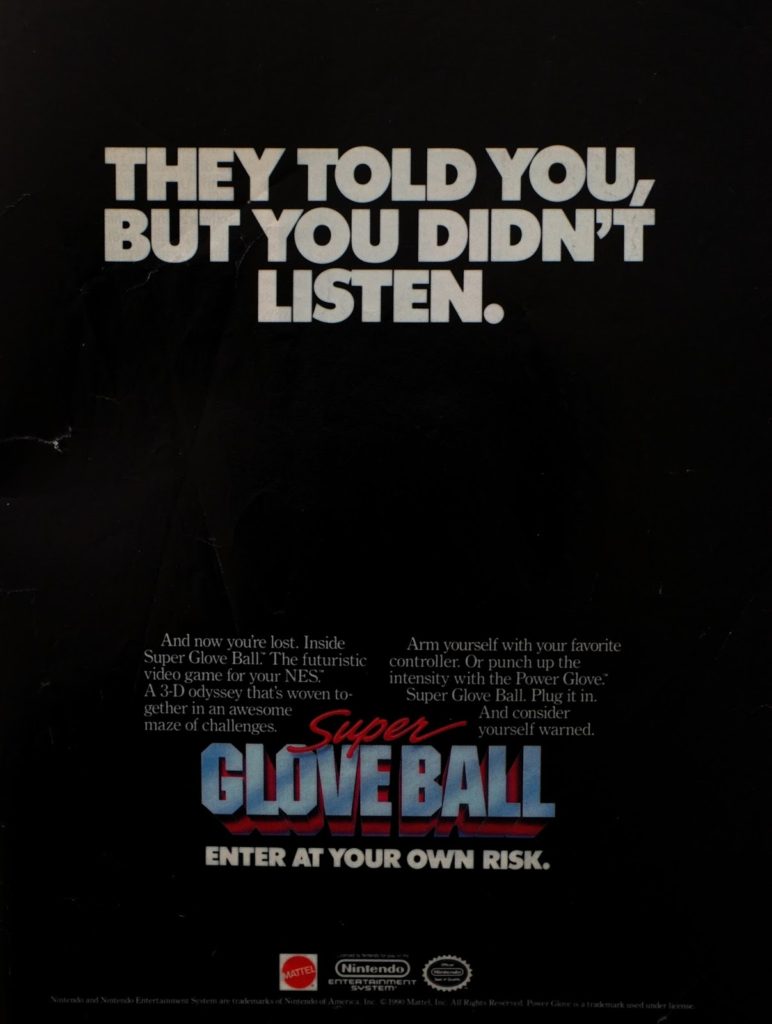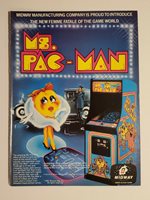
Textual Poachers: Television Fans and Participatory Culture
– An article written by Jenkins in 1992
– In the article, he explored the stereotypes held of the Star Wars fans
– The stereotype saw these Star Wars fans as desexualised social misfits who cultivate worthless knowledge, are emotionally immature and find it difficult to distinguish real life from a TV show.
Fans and Fandoms
– Fans are usually stereotyped as being unmentally balanced within media and in fiction, they are presented as being psychopathic.
– Within the media, fans are represented as an “other” because of their “cultural preferences and interpretative practices…must be held at a distance so that the fannish taste does not pollute sanctioned culture”
– In reference to Bourdieu, Jenkins identified that fan culture is seen as distasteful because it values pop cultural artifacts over more traditional signifiers within the culture capital
– Many beliefs about fan culture is that they are symptomatic around our anxiety of the issues that “violate dominant cultural hierarchies”
– Fan cultures challenges cultural hierarchies because they possess cultural capital and they come from middle class educated backgrounds
– Dr Who is an example of a Tv programme that has an active fan community that goes back many decades.
Participatory Cultures
– In the book, Participatory Culture in a Networked Era (2016), Jenkins worked with Boyd and Ito to explore the key ideas that are active within participatory culture.
– Jenkins saw participatory culture as one:
1. With relatively low barriers to artistic expression and civic engagement.
2. With strong support for creating and sharing one’s creations with others
3. With some type of informal mentorship whereby what is known by the most experienced is passed along to novices
4. Where members believe that their contributions matter
5. Where members feel some degree of social connection with one another (at the least they care what other people think about what they have created). Not every member must contribute, but all must believe they are free to contribute when ready and that what they contribute will be appropriately valued
– In 1993, Jenkins first used the term participatory culture and defined it as “describing the dynamics between fan, producer and text and their relationships with other fans“
Quotations to refer to:
– Fans possess not simply borrowed remnants snatched from mass culture, but their own culture built from the semiotic raw materials the media provides
– Can meaningful participation take place when the nature of contributions is controlled by big media and technology businesses? = (Participatory Culture in a Networked Era, 2016)
– Is participation exploration where clicks generate not only access to content, but generate money for advertisers? = = (Participatory Culture in a Networked Era, 2016)
Video Links to refer to…

